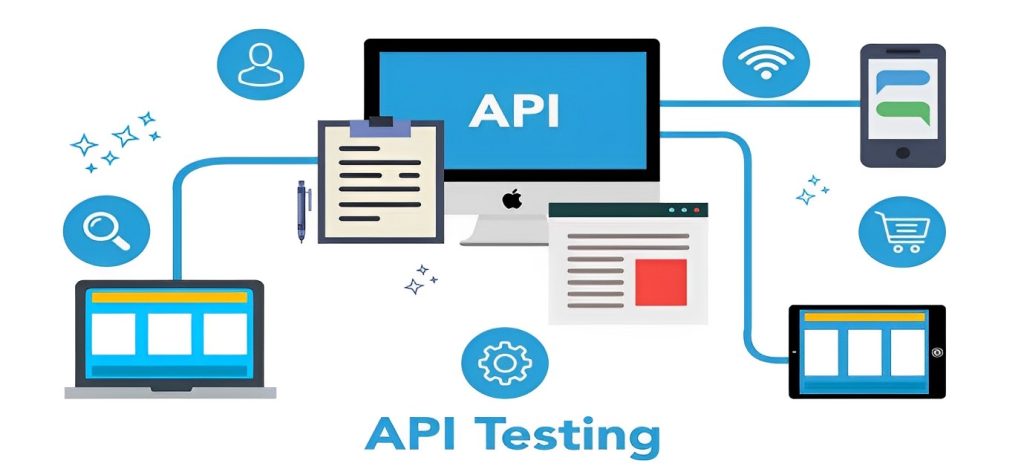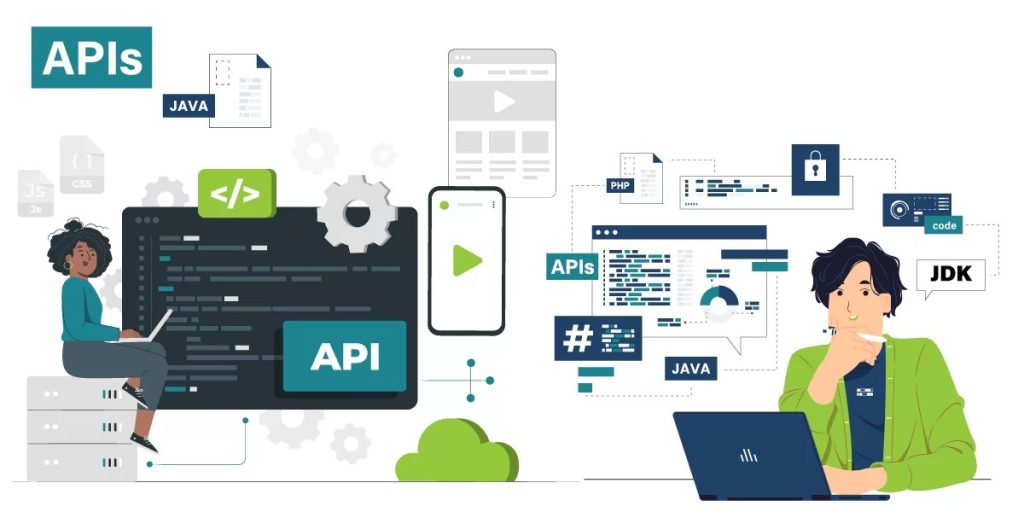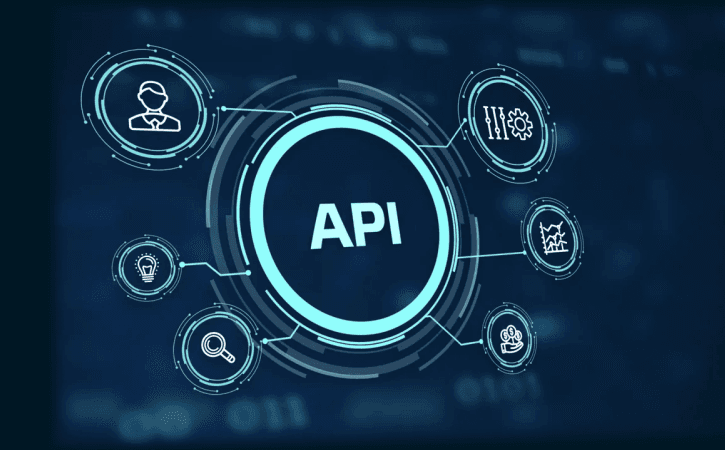Introduction:
APIs (Application Programming Interfaces) are essential for facilitating data interchange and communication between various applications and systems. The increased usage of APIs, however, also creates new security difficulties. The security of an organization’s APIs must be ensured against threats including unauthorized access, injection attacks, and data breaches. API penetration testing is a practical method to find and fix these issues. In this blog post, we’ll look at various frameworks for API penetration testing and talk about how to pick the best one for your company’s security requirements.

-
Understanding API Penetration Testing:
API penetration testing is a systematic process that evaluates the security of an API by simulating real-world attack scenarios. It involves identifying vulnerabilities, weaknesses, and misconfigurations within the API infrastructure, endpoints, and data flow. The primary goal of API penetration testing is to discover potential entry points that an attacker could exploit to gain unauthorized access or compromise the API. -
Choosing the Right API Penetration Testing Framework:
When it comes to API penetration testing, several frameworks and tools are available. Selecting the right approach depends on various factors, including the complexity of the API, the security requirements, the available resources, and the expertise of the testing team. Here are some popular API penetration testing frameworks to consider.
-
OWASP API Security Project:
A well-known organization that offers advice and resources for web application security is the Open Web Application Security Project (OWASP). OWASP API Security Project provides a thorough testing methodology made just for APIs. It offers a collection of instruments, approaches, and best practices for evaluating the security of APIs, including data validation, encryption, and authentication. -
Postman:
Postman is an API development and testing platform that also has features for security testing. We can perform various security tests on APIs, such as checking for vulnerabilities related to authentication, input validation, and data exposure and it also allows us to create custom test scripts and automate security tests, making it an efficient option for ongoing API security assessment. -
Burp Suite:
Burp Suite is a web application security testing tool. Numerous functions are offered, such as the ability to intercept and alter API requests, find security holes in the API infrastructure, and scan for vulnerabilities. Burp Suite can do manual and automated tests, making it appropriate for a variety of testing situations. -
REST-Assured:
A Java-based testing framework called REST-Assured was created exclusively for testing RESTful APIs. It makes it possible for developers and testers to create understandable and straightforward automated API tests. While the primary focus of REST-Assured is on functional testing, it may be expanded to include performing security testing by including unique security checks and assertions.

-
Considerations for Choosing the Right Framework:
When selecting an API penetration testing framework, consider the following factors:
- Testing Objectives: Determine your organization’s specific testing objectives, such as compliance requirements, risk mitigation, or identifying specific vulnerabilities. Choose a framework that aligns with these objectives and offers relevant testing capabilities.
- Expertise and Resources: Assess the skillset and experience of your testing team. Some frameworks may require advanced technical knowledge, while others offer more user-friendly interfaces. Consider the availability of resources and training required to effectively use the chosen framework.
- Coverage and Flexibility: Evaluate the framework’s ability to cover various aspects of API security testing, including authentication mechanisms, encryption, input validation, and error handling. Ensure the framework provides flexibility to customize tests based on your API’s unique requirements.
- Integration: Consider whether the chosen framework can seamlessly integrate with your existing development and testing tools. Integration capabilities enhance efficiency and facilitate the incorporation of security testing into the development lifecycle.
Conclusion:
API penetration testing is essential for ensuring the security and integrity of your organization’s APIs. By selecting the right framework, we can effectively identify vulnerabilities, strengthen your API’s security posture, and protect sensitive data from potential attacks. Assess your organization’s needs, consider the available frameworks, and choose a solution that aligns with your objectives, resources, and expertise. By adopting a comprehensive API penetration testing approach, you can proactively mitigate security risks and safeguard your digital assets.
Citations:
https://devops.com/choosing-the-right-api-solution/
https://inoxoft.com/blog/best-api-testing-tools-frameworks-inoxoft/
https://medium.com/@Johne_Jacob/api-penetration-testing-things-to-be-noted-14ec0a170222
For further clarifications or support, please write to contact@paradigmitcyber.com
